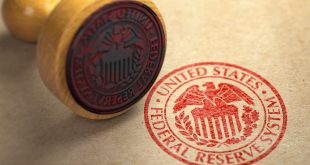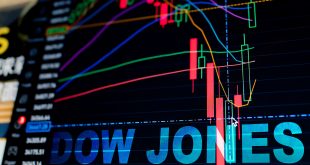The British Pound has been gaining ground against the U.S. Dollar, with the GBP/USD pair now trading above 1.3600. This rally is driven by a key dynamic: the expected divergence in monetary policy between the U.S. Federal Reserve (Fed) and the Bank of England (BoE). While the Fed is widely anticipated to cut interest rates, the BoE is expected to hold firm, a stark contrast that is strengthening the pound.
Fed’s Easing Path
Markets have nearly priced in a 25 basis-point rate cut from the Federal Reserve, a move that would mark its first reduction in nine months. The expectation for this easing is largely a response to recent U.S. economic data, which has signaled a slowing economy. When a central bank cuts interest rates, it generally makes the currency less attractive to foreign investors, which can lead to a weaker currency. With the Fed seemingly on a path to lower rates, the U.S. Dollar is facing downward pressure across the board.
BoE’s Challenge
In the United Kingdom, the economic picture is quite different. The Bank of England is facing a persistent inflationary challenge, with consumer prices still hovering near 4%. This elevated inflation, well above the central bank’s target, limits the BoE’s ability to ease its monetary policy. With key economic data, including employment and inflation figures, on the horizon, the Bank of England is expected to maintain its current interest rates.
This divergence in policy is the central theme in the GBP/USD exchange rate. The expected reduction in the interest rate differential between the UK and the U.S. is a powerful force supporting the British Pound. As the Fed moves towards an easing cycle while the BoE holds its ground, the British currency is poised to benefit. For traders and investors, this is a clear example of how monetary policy can be the primary driver of currency valuations.
 Noor Trends News, Technical Analysis, Educational Tools and Recommendations
Noor Trends News, Technical Analysis, Educational Tools and Recommendations





